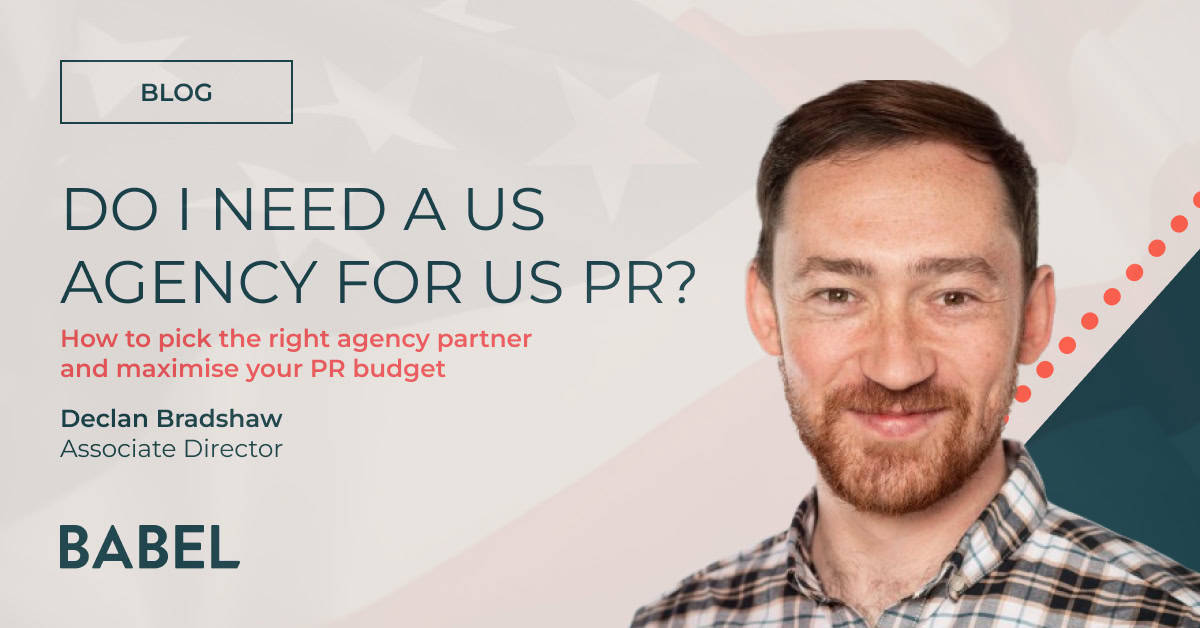Immersive experiences: PR's New Year's resolution
January is traditionally a period of reflection and resolution. So, what can we learn from PR strategies in the past, to improve reach, engagement and quality of campaigns going forward?
Publicity stunts have played a role in PR for almost a century. However, where some stunts fail is in their tendency towards gimmick, in which a brand's messaging ties only very loosely - or not at all - to what is delivered. While this can generate quick wins and drive brand recognition, brands generally see more value from campaigns that are on-message. With this in mind, how can the stunt evolve for the better in 2017?
At Babel, we have observed with interest the broad spectrum of PR stunts delivered over the past year. October, for example, saw a partnership between Three and ZTE to promote the ZTE Blade V7 phone, available exclusively to Three customers. The stunt involved offering Londoners free rides in 'unicabs'; cabs drawn by horses dressed up as unicorns. The hook, according to Three, was that the companies were creating 'magic together.' Yet aside from the accompanying hashtag, there was little obvious connection between ferrying commuters by mythical beast and the new smartphone. Should this be of concern to the companies, or was their aim merely to attract public attention?
London has provided the setting for numerous copycat stunts in which various oversized objects are floated down the Thames. Last May, PG Tips joined the likes of TV channel Eden, Airbnb and even Michael Jackson, when it sought to disrupt the city's landscape by sailing a giant green monkey down the river. The brand's icon was constructed from foliage, providing a link to its green tea marketing push. Did the brand message resonate sufficiently, or was it overly reliant on a now-timeworn stunt?
In 2017, there's a good opportunity for the PR industry to evolve the stunt, with focus shifting to engagement, multi-sensory experience and clear communication of a brand's voice. The success of immersive theatre amongst paying audiences, for example, is now filtering through to the PR world, with brands using the method to deliver a modern take on the traditional stunt.
For example, EasyJet partnered with the Dutch Tourism Board and Amsterdam's Schiphol Airport to bring an immersive experience to the streets of Shoreditch last October. Entering through an aeroplane door, visitors were able to experience a condensed tour of Holland, including a canal trip and a visit to tulip fields, complete with a cast of actors. The sense of adventure and of experiencing something new and foreign was successfully encapsulated in the experience, providing a tangible connection between the 'stunt' and the service offered by the brands involved.
Restaurant chain Burger and Lobster has also had success in this area, when in February last year it created an interactive dinner at its restaurant in London. The space was transformed into the home of fictional characters, played by actors, and guests took part in games and tastings. Realising that the way to a consumer's heart (or wallet) is often through their stomach, IKEA offered a similar pop-up 'Do-It-Yourself Restaurant' in London in September.
For a prosperous New Year on-brand messaging should be at the heart of any PR activity. Interaction and immersion will be big this year, whether via virtual reality or lived experiences. This type of storytelling can establish an emotional connection to leave a lasting impression that delivers far greater and deeper value than the glitz and glamour of short-term limelight.


.jpg)






